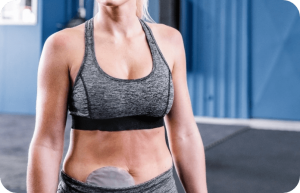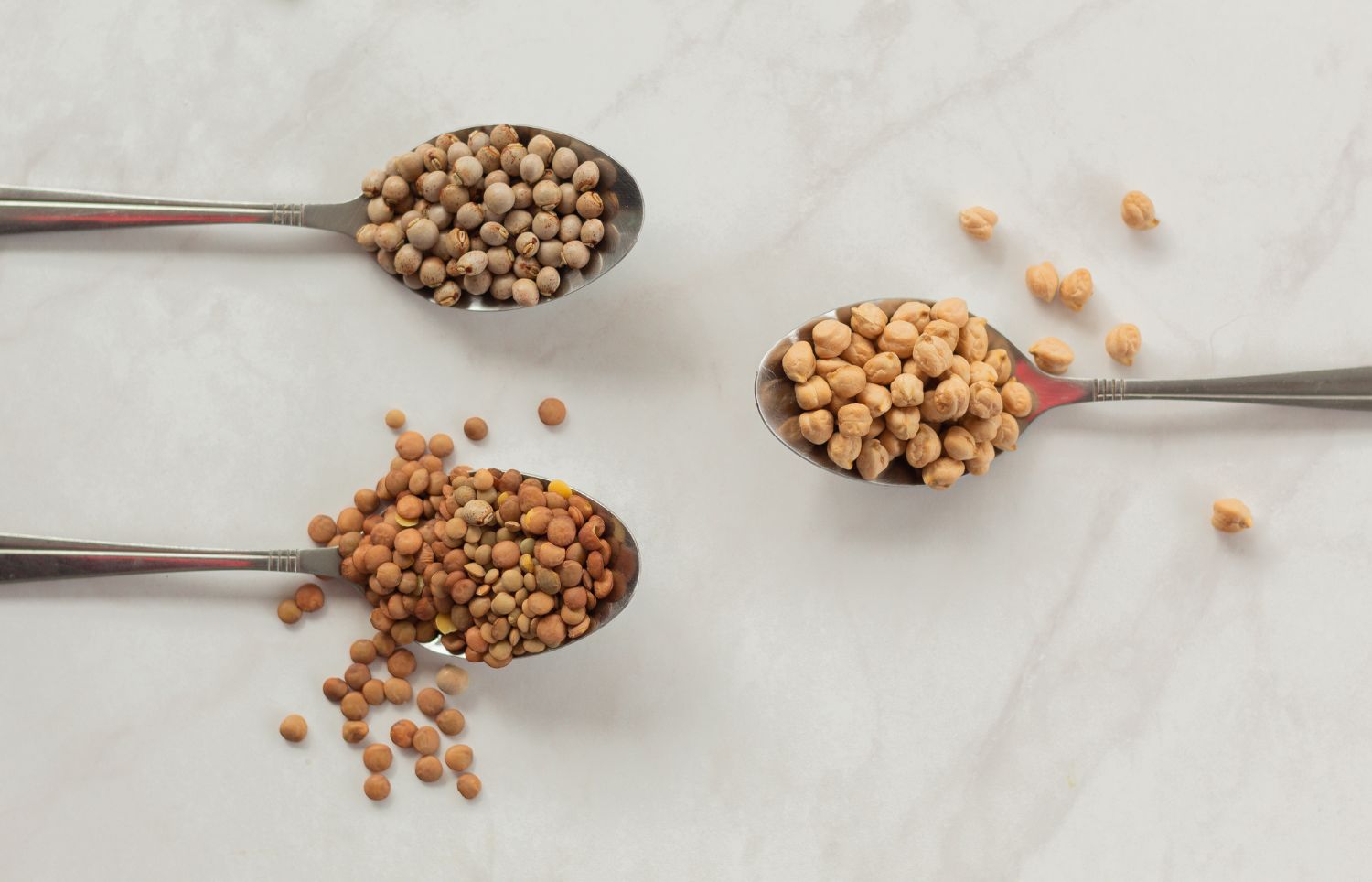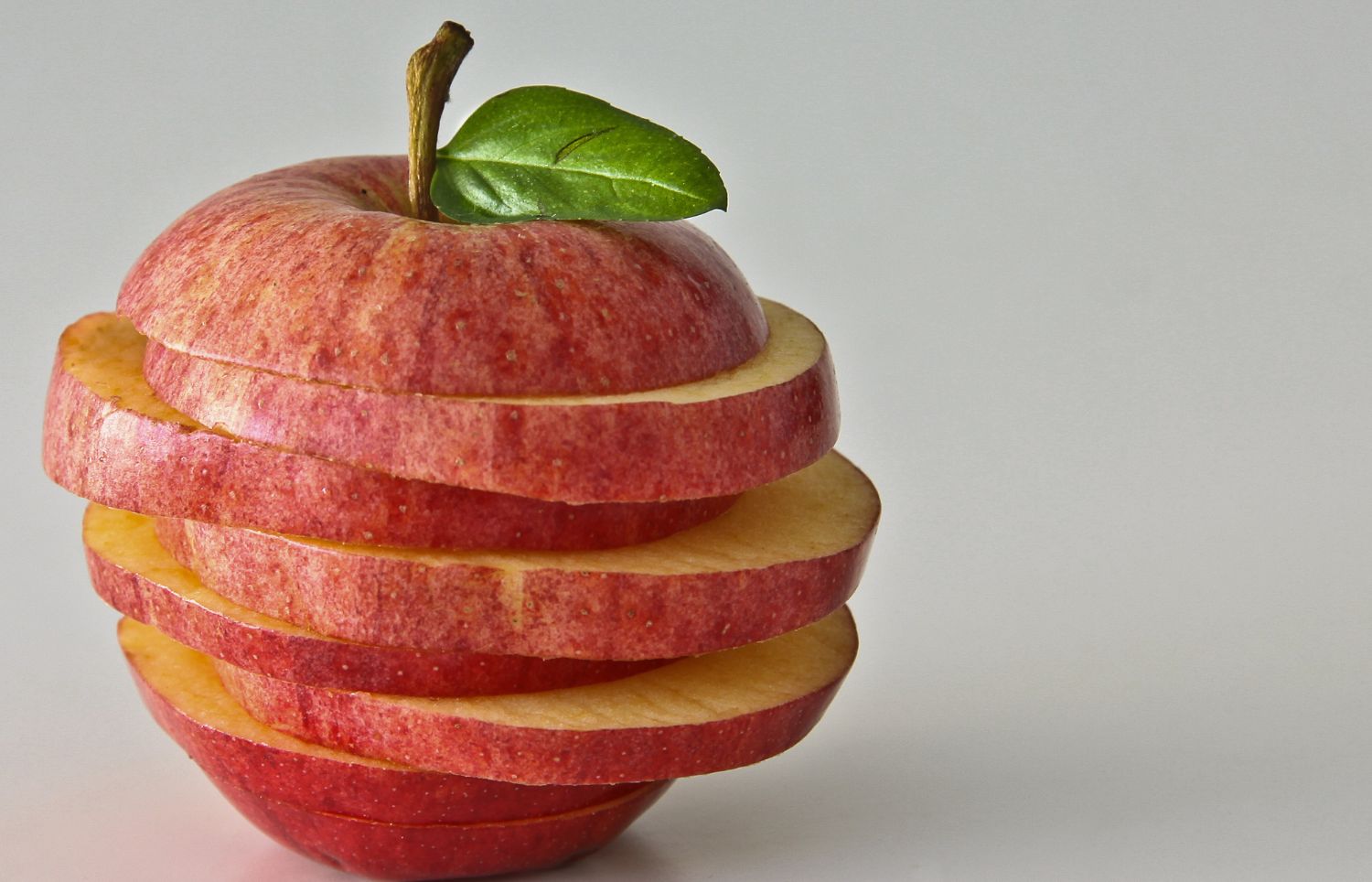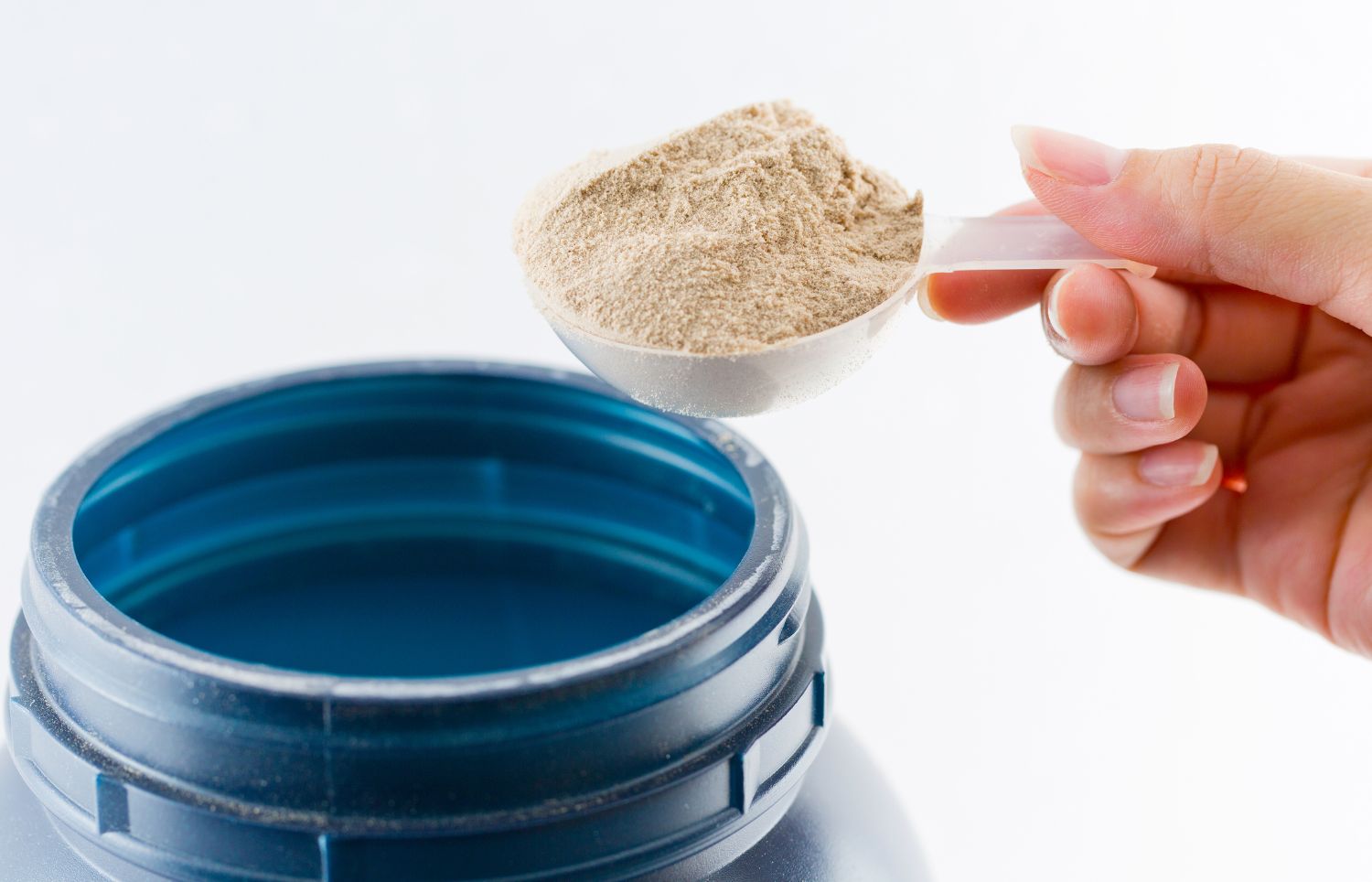
Constipation can be painful and uncomfortable and currently there is no definitive cure. However, there are a few things you can do to help keep your bowels healthy and avoid becoming constipated, before exploring suitable fibre supplements.
There are a number of alternative and complementary solutions to manage constipation. A wide range of these options can be purchased online via retail outlets but may not generally be used by most doctors. They should be used alongside the treatment offered by your health professional and never used as a substitute for qualified advice.
There are many digestive conditions that can have a real impact on day-to-day life. Diet is a major contributing factor for digestive conditions, but other factors include stress, general health, family history and medical history (including surgical history).
How much fibre should you have each day?
The recommended daily intake of fibre is 18-30g. Fibre is something that many of us lack with the modern diet, due to many of us preferring the often more palatable white bread, pasta and rice. Fibre is a key part of our dietary intake to ensure we maintain a healthy bowel.
Not eating enough fibre can lead to digestive problems such as constipation and other chronic digestive disorders. However, there are some simple changes you can make to your diet to improve your fibre intake.
How to Increase Fibre Intake
One of the most common methods to increase our daily intake of fibre is either by eating fibre rich foods or with supplements.
Fibre supplements which are sometimes called bulk-forming laxatives are usually suitable for everyday use. First however, it’s worth considering how you can adjust your diet to introduce more fibre naturally, and before trying additional supplements.
Different Types of Fibre
There are two different types of fibre; soluble and insoluble.
Soluble Fibre
Soluble fibre dissolves in the intestines to form a gel type substance. This helps food move along the digestive tract. Dietary sources of soluble fibre include oats, nuts and seeds, some fruit and vegetables and pectins. Soluble fibre also helps to regulate blood glucose levels which can help control energy levels and manage stress. You’ll see some examples of soluble fibre below.
Foods containing mostly Soluble Fibre include:
- Oats, wholemeal bread
- White bread and pasta
- Rhubarb
- Barley (except pearl barley)
- Dried figs and dates
- Baked Beans
- Green vegetables, such as Broccoli, French beans
- Peas
- Apple flesh, bananas, melon and berries
- Peaches, plums and nectarines (avoid the skins)
- Soya beans
- Lentils and chickpeas (cooked)
- Root vegetables such as Turnip, Beetroot and Carrot
Insoluble Fibre
Insoluble fibre however is not dis-solvable and moves through the intestines without being absorbed. This fibre adds bulk to bowel movements and helps to reduce constipation. It has been suggested that insoluble fibre is best eaten raw for optimum results but this of course depends on the food type.
Some examples of insoluble fibre are shown below.
Foods containing mostly Insoluble Fibre include:
- Oatcakes
- Wholegrain bread
- Bran Flakes
- Wholewheat pasta,
- Wholewheat pasta
- Digestive biscuits
- Citrus fruits
- Cherries, grapes, strawberries and raspberries.
- Kiwi fruit and green bananas
- Sweetcorn
- Spinach
- Pearl Barley
- Pumpkin seeds and Flaxseed
- Nuts, such as almonds, brazil nuts, walnuts, hazelnuts and peanuts
- Coconut
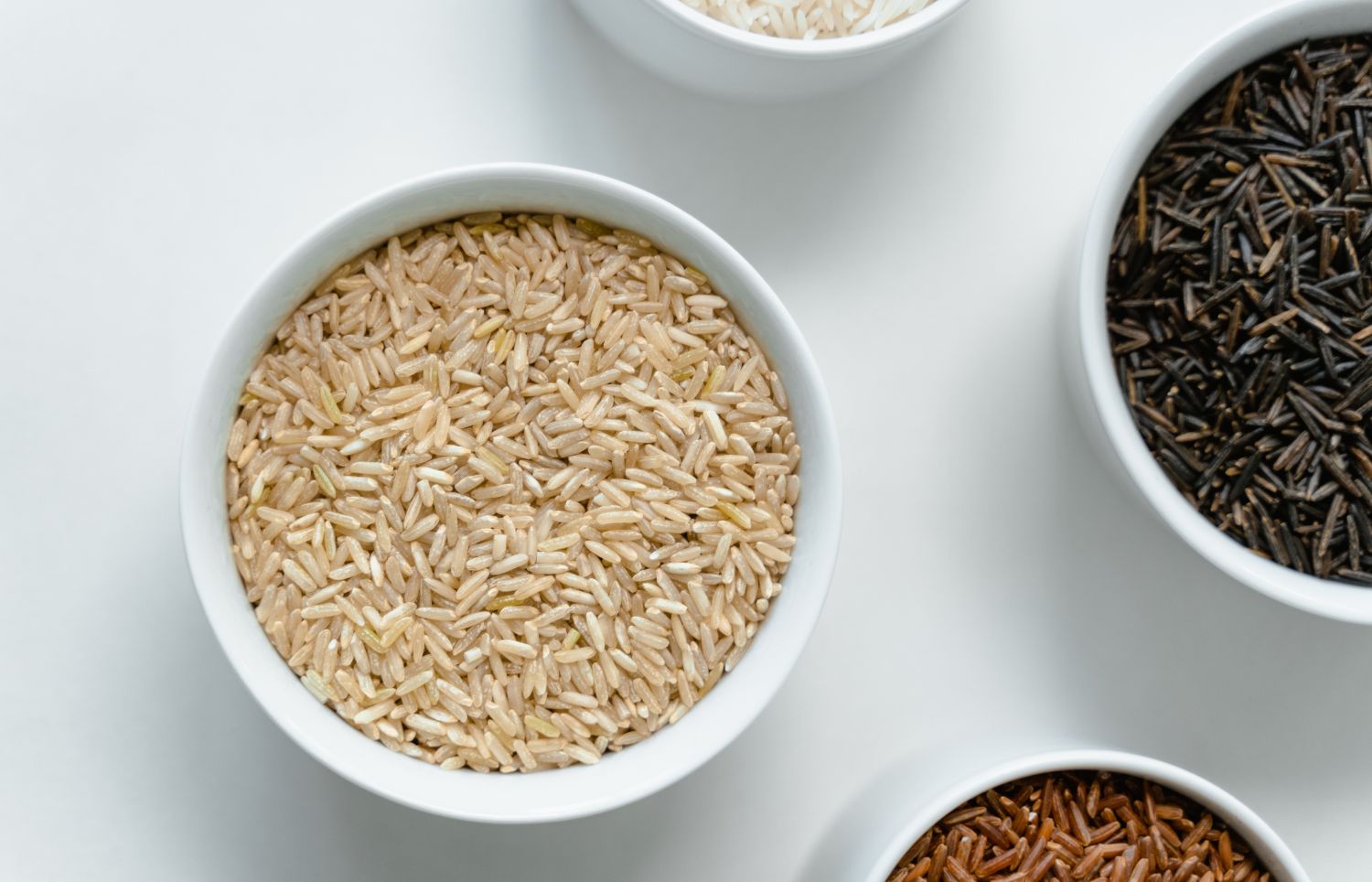
Easy ways to increase fibre in your diet
Unprocessed bran is a cheap insoluble fibre supplement. You can sprinkle bran on breakfast cereals, or mix it with fruit juices, milk, stews, etc. There are a number of other kinds of supplements such as pumpkin seed, linseed, and flaxseed, and are now becoming commonly available in supermarkets. There are some other no-fuss ways to increase your fibre, without having to make big changes to your routine.
Choose Wholewheat pasta
Wholewheat pasta has around 3 times more fibre than white pasta, making it a no-fuss way to improve your fibre intake. It just takes a little longer to cook.
Opt for Brown Rice
Swap out white rice for brown rice – which has 7 times as much fibre as its stripped-back white version. It also sustains you more if you are trying to snack less.
Whole nut butter
Peanut butter is a great way to include nuts in your diet if you’re not a big nut-lover. Try the whole nut version to gain the benefit of antioxidants in the peanut skins. They also tend to exclude additional salts, sugars and oils making them a healthier choice. You may also find almond butter and cashew butter in health food shops which offer slightly different benefits.
Skin-on fruit and vegetables
If you generally peel your fruit, try not to! Scrub your potatoes and cook in their skins for added nutrition and fibre, and avoid peeling apples and pears to include both soluble (from the flesh) and insoluble fibre (from the skins) in your diet.
When to take Fibre Supplements
Adjusting your diet to include the recommended daily fibre intake and drinking plenty of water (around 1.5 to 2l per day) should be enough to encourage a bowel movement to ease constipation.
If you are taking any medicines – either prescribed or over-the-counter – ask your doctor or chemist if they could be adding to your constipation. Where possible, try to remove constipating medications.
If really necessary, try using a fibre supplement such as fybogel and possibly suppositories or mini-enemas to help regularise the bowels, but they should not be used long term. Some foods can act as natural laxative for some people, these include; prunes, figs, liquorice, coffee/tea, spicy food.
Before considering fibre supplements, it is advised to follow a balanced diet including enough soluble and insoluble fibre to regulate bowel function, and ensuring you drink enough water throughout the day. In the first instance, the following is advised.
Avoid Constipation for the Bowel Naturally
If you follow the guidance below, it will help you avoid constipation.
- Include high-fibre foods such as wholegrain bread, wholegrain breakfast cereals, fruit and vegetables in your diet.
- Drink lots of fluids to keep the stools moist – at least 6-8 glasses of water per day, and avoid caffeine where possible.
- Increase your physical activity as this helps to improve bowel activity.
- Don’t hold it in. If you feel the urge, go now!
- Take your time on the toilet, after breakfast or lunch is when your bowels are most active.
- Make sure you sit on the toilet properly. This means sitting up straight so that the anal canal will also be straight to make it easier to push stools out. If needed, use a footstool in front of the toilet so that your knees are at the right height.
For people who suffer with IBS, some of the above food types may exacerbate symptoms – please see our article on IBS and Food for what to avoid.
If you increase your fibre intake and follow the above advice but still don’t see any improvement in symptoms, you should visit your GP as soon as possible to discuss other treatment options. Your GP may suggest mild fibre supplements to start with, and these are available at pharmacies or health food shops.
Types of Fibre Supplement
The following fibre supplements are used as mild laxatives, so should be taken under medical advice to ensure proper dosage and frequency of use.
- Ispaghula Husk (psyllium)
- Methylcellulose
- Sterculia
- Wheat Dextrin (not suitable for coeliacs)
- Inulin fibre
- Whole Linseeds
Fibre supplements are available in the following forms, and prescribed according to your particular symptoms.
Ispaghula husk is found in sachets such as Fybogel, and used to increase the ‘bulk’ of your stool in order to stimulate the bowel. Methylcellulose has a similar effect, and both are known as bulk forming laxatives.
Osmotic laxatives include Movicol and Laxico, which are macrogol-based and designed to direct water to your stool in order to soften and make them easier to pass.
Other supplements such as Senokot will stimulate the muscles of the bowel and encourage peristalsis resulting in a bowel movement through the use of senna.
Lastly, arachis oil (or peanut oil) is used to soften the stool itself to make it easier to pass.
Fibre Supplements Side Effects
You may find that if you eat more fibre or fibre supplements, you may have some bloating and wind at first. This is often temporary. However, some people report that a high-fibre diet causes some persistent mild symptoms such as mild pains and bloating.
People with Colitis or Crohns Disease should always speak to their GP first before increasing their fibre intake as it could have a detrimental effect.
Further Information
You should always have lots to drink when you eat a high-fibre diet or take fibre supplements – the recommended daily fluid intake for an adult is between 1.5-2 litres (6-8 glasses). This will help to keep the stool soft and prevent a blockage in the gut, which can be a rare complication of eating a lot of fibre without adequate fluid.
To find out how much fluid you should be drinking for your size, check our fluid matrix.
If you’re considering using fibre supplements, please speak to your GP or healthcare professional first especially if you are already taking traditional medication for your symptoms or condition.


